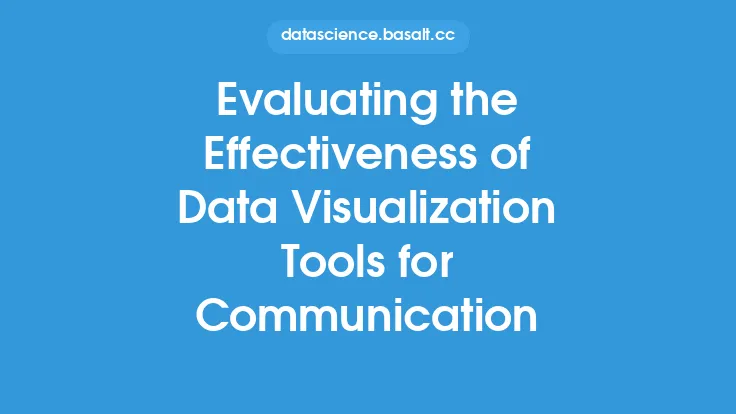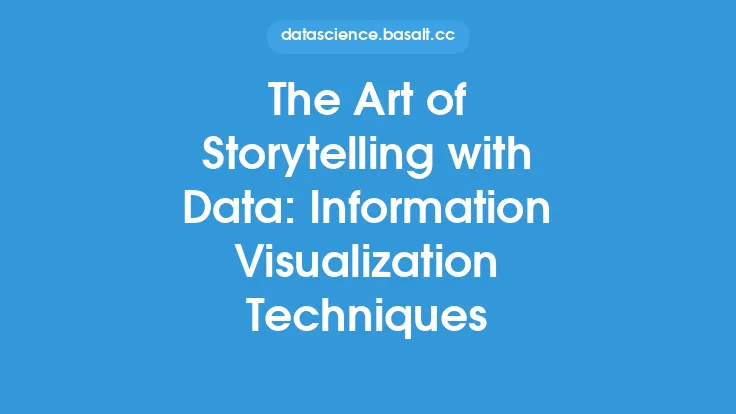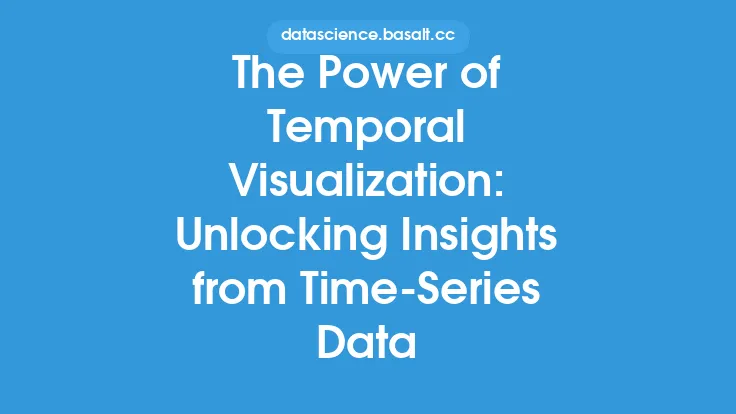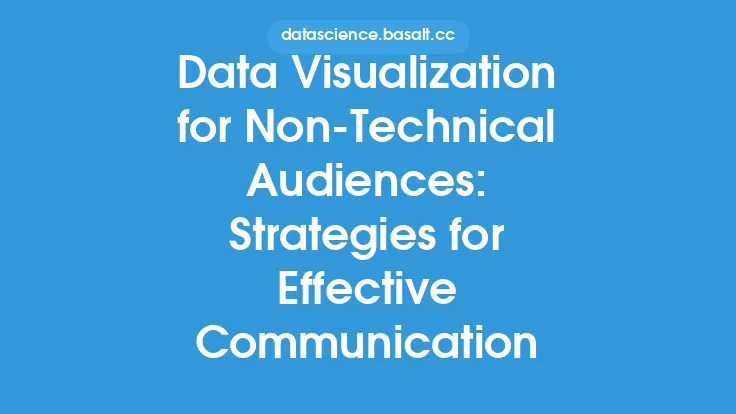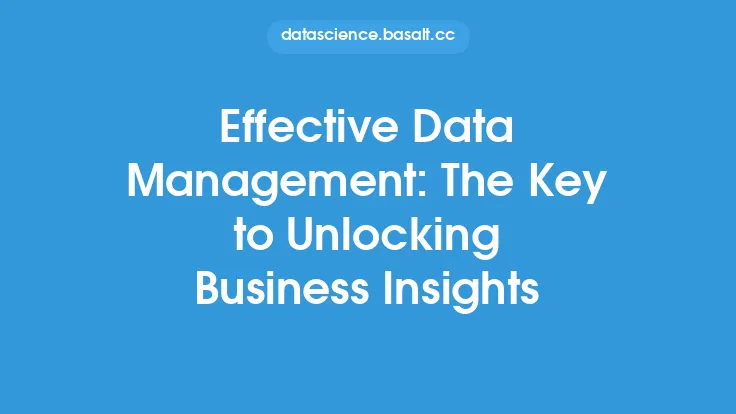In today's data-driven world, the ability to effectively communicate insights and findings is crucial for making informed decisions, driving business outcomes, and creating social impact. As the volume and complexity of data continue to grow, the need for clear and concise communication has never been more pressing. Effective data communication is not just about presenting numbers and charts; it's about telling a story that resonates with the audience, conveys meaningful insights, and inspires action. To unlock the potential of data, it's essential to understand the principles and best practices of effective data communication.
Understanding the Audience
Effective data communication starts with understanding the audience. Who are they? What are their needs and goals? What level of technical expertise do they possess? Answering these questions is critical in tailoring the message, selecting the right communication channels, and using the appropriate language and tone. For instance, communicating data insights to a technical audience may require using specialized terminology and complex visualizations, whereas a non-technical audience may benefit from simpler, more intuitive representations. By understanding the audience, data communicators can create targeted and relevant messages that resonate with their needs and interests.
Crafting the Message
Crafting the message is a critical step in effective data communication. It involves identifying the key insights, findings, and recommendations that need to be conveyed. A clear and concise message should be supported by relevant data, visualizations, and narratives that help to tell the story. The message should also be free from technical jargon and complex terminology, unless the audience is familiar with it. Additionally, the message should be tailored to the communication channel, whether it's a report, presentation, dashboard, or social media post. By crafting a clear and compelling message, data communicators can ensure that their insights are understood, remembered, and acted upon.
Data Visualization
Data visualization is a powerful tool for effective data communication. It involves using charts, graphs, and other visual representations to convey complex data insights in a simple and intuitive way. Data visualization can help to identify patterns, trends, and correlations that may not be immediately apparent from the data alone. There are many types of data visualizations, including bar charts, line charts, scatter plots, and heat maps, each with its own strengths and weaknesses. When selecting a data visualization, it's essential to consider the type of data, the message being conveyed, and the audience's level of technical expertise. By using data visualization effectively, data communicators can create engaging and informative stories that inspire action and drive decision-making.
Storytelling with Data
Storytelling is a fundamental aspect of human communication, and it's no exception when it comes to data. Storytelling with data involves using narratives, anecdotes, and examples to convey insights and findings in a way that's engaging, memorable, and impactful. A good data story should have a clear structure, including a setup, a confrontation, and a resolution. It should also use vivid language, descriptive statistics, and compelling visualizations to bring the story to life. By using storytelling techniques, data communicators can create emotional connections with their audience, convey complex ideas in a simple way, and inspire action and decision-making.
Technical Considerations
Effective data communication also requires technical considerations, such as data quality, data governance, and data security. Data quality is critical in ensuring that the insights and findings are accurate, reliable, and trustworthy. Data governance involves establishing policies, procedures, and standards for data management, storage, and sharing. Data security is essential in protecting sensitive information from unauthorized access, theft, or misuse. By considering these technical aspects, data communicators can ensure that their insights are based on solid foundations, and that their messages are conveyed with integrity and credibility.
Best Practices
To unlock the potential of data, it's essential to follow best practices in effective data communication. These include using clear and concise language, avoiding technical jargon, and using visualizations and narratives to convey complex ideas. It's also important to consider the audience, tailor the message, and use the right communication channels. Additionally, data communicators should be transparent about their methods, data sources, and limitations, and be willing to iterate and refine their messages based on feedback and new insights. By following these best practices, data communicators can create impactful and informative stories that drive decision-making, inspire action, and create social impact.
Conclusion
Effective data communication is a critical aspect of unlocking the potential of data. By understanding the audience, crafting the message, using data visualization, storytelling with data, considering technical aspects, and following best practices, data communicators can create engaging, informative, and impactful stories that inspire action and drive decision-making. As the volume and complexity of data continue to grow, the need for clear and concise communication has never been more pressing. By mastering the art of effective data communication, organizations and individuals can unlock the full potential of their data, drive business outcomes, and create social impact.
